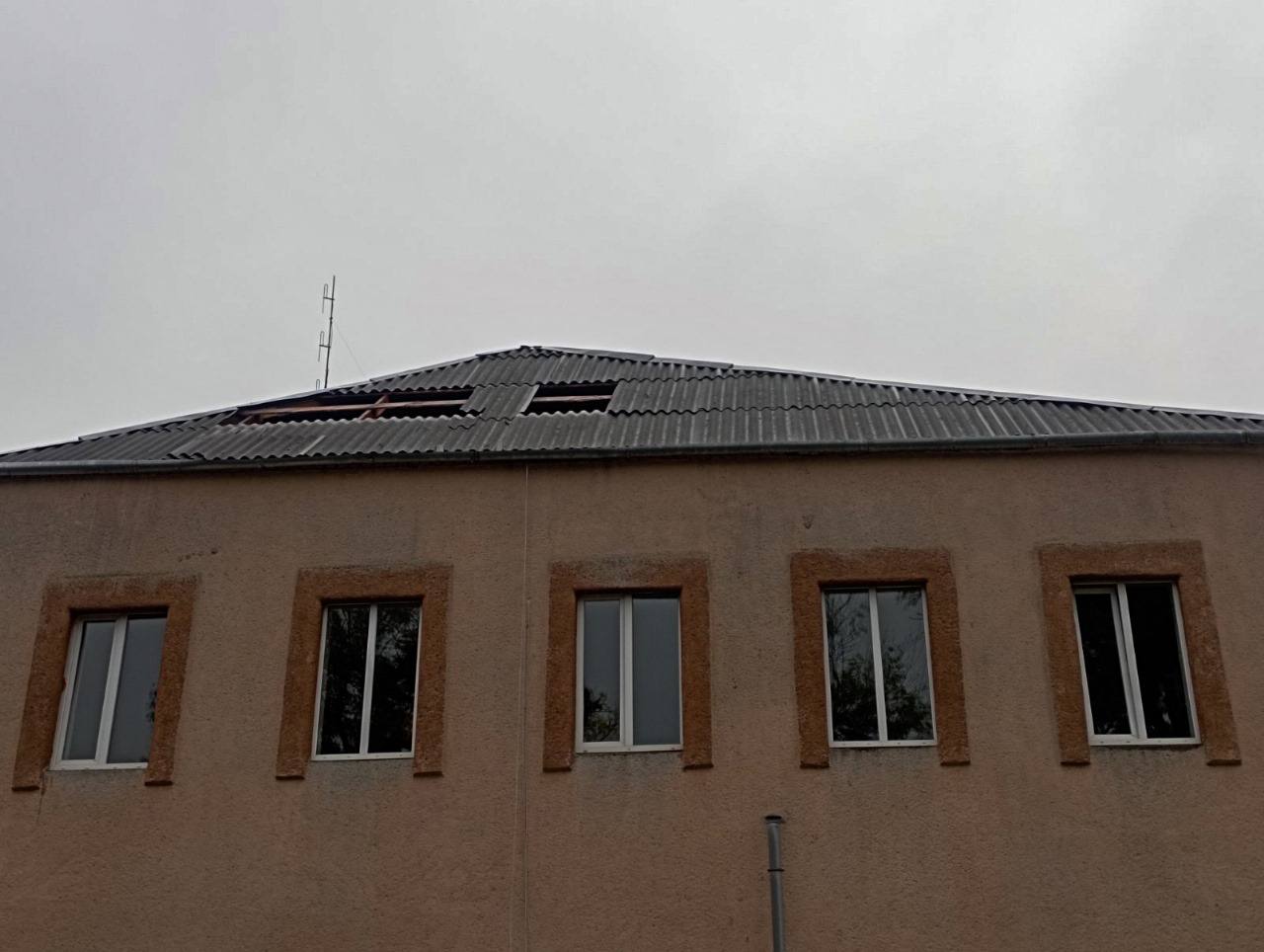SpaceX catches Starship rocket booster on Texas launch pad
SpaceX caught a rocket booster on its Texas launch pad as it returned to Earth on Sunday. The chopstick-like arms of the tower, called Mechazilla, grabbed the descending 232-foot booster after a seven-minute flight. SpaceX’s CEO, tech billionaire Elon Musk, seemed to revel in the catching of the booster, stating on X that a large “step towards making life multiplanetary was...

SpaceX caught a rocket booster on its Texas launch pad as it returned to Earth on Sunday.
The chopstick-like arms of the tower, called Mechazilla, grabbed the descending 232-foot booster after a seven-minute flight.
SpaceX’s CEO, tech billionaire Elon Musk, seemed to revel in the catching of the booster, stating on X that a large “step towards making life multiplanetary was made today.” The company’s COO, Gwynne Shotwell, also appeared excited at the accomplishment, posting footage of the event and saying she didn’t “know what to say!”
The booster is part of what SpaceX refers to as “the world's most powerful launch vehicle ever developed,” named Starship. According to the company, the Super Heavy booster is one of two major parts of Starship, with the other being the Starship spacecraft.
On this flight, the spacecraft continued its flight after separating from the booster. It landed in the Indian Ocean. It was the Starship's fifth test flight and its most successful by far.
“Thousands of distinct vehicle and pad criteria had to be met prior to catching the Super Heavy booster,” the company said in a post on X Sunday. “Thanks to the tireless work of SpaceX engineers, we succeeded with catch on our first attempt.”
NASA Administrator Bill Nelson sent his congratulations on X, the social media platform also owned by Musk: "As we prepare to go back to the Moon under #Artemis, continued testing will prepare us for the bold missions that lie ahead -- including to the South Pole region of the Moon and then on to Mars."
SpaceX has been recovering the first-stage boosters of its smaller Falcon 9 rockets for nine years, after delivering satellites and crews to orbit from Florida or California. But they land on floating ocean platforms or on concrete slabs several miles from their launch pads — not on them.
The Associated Press contributed.



